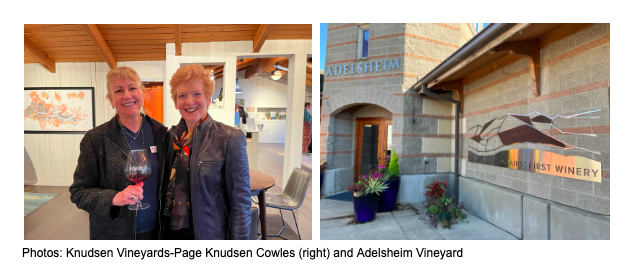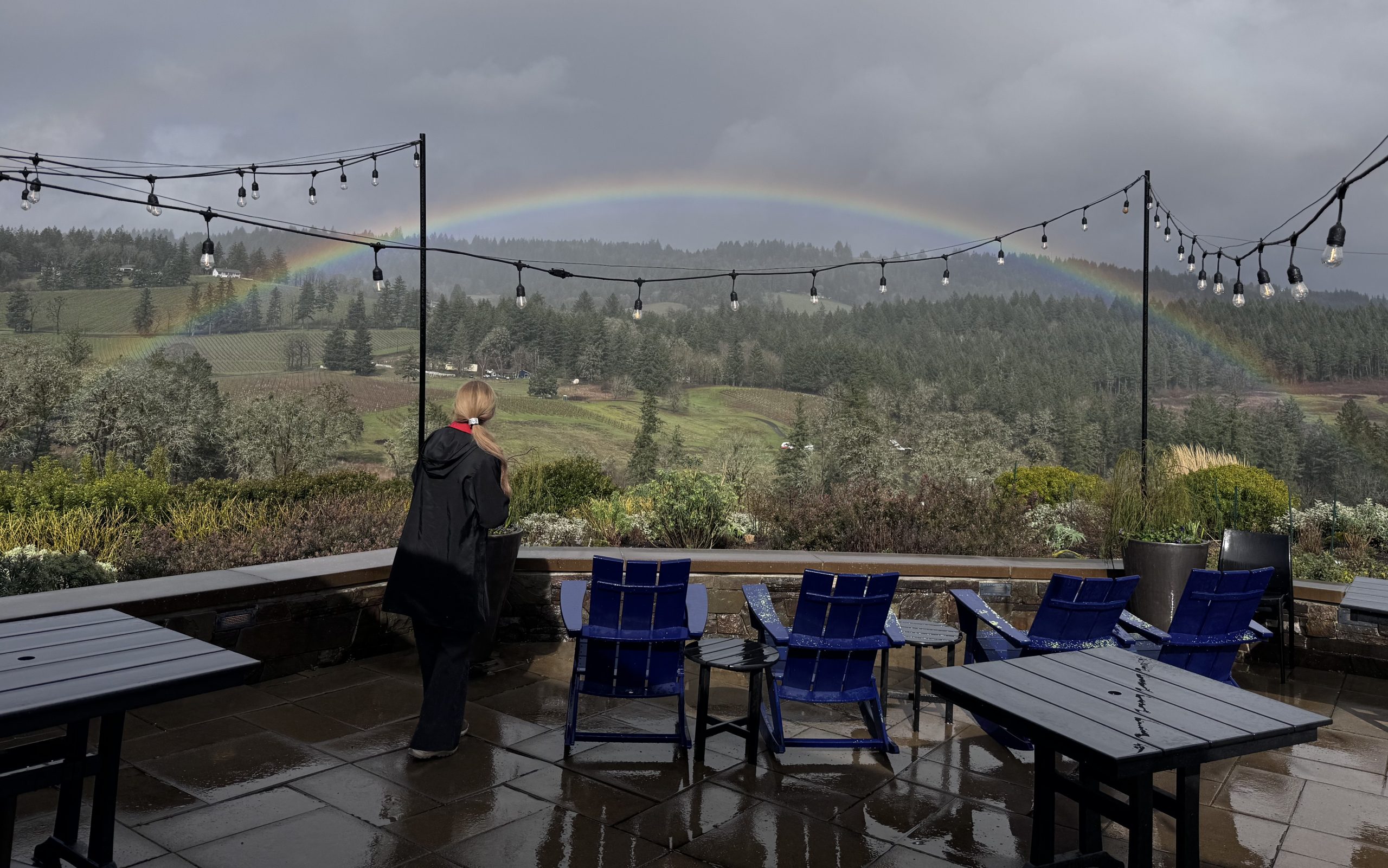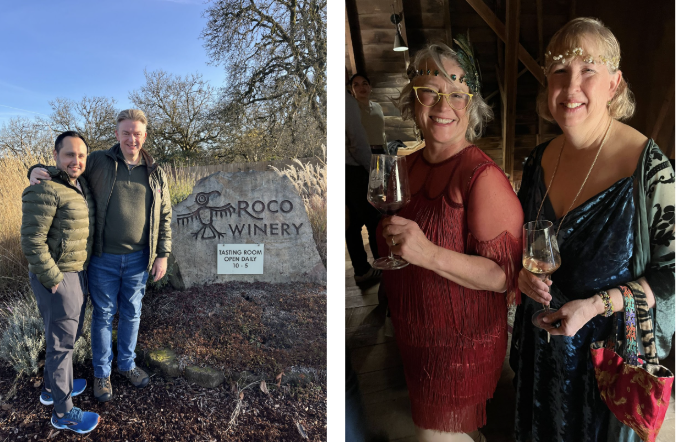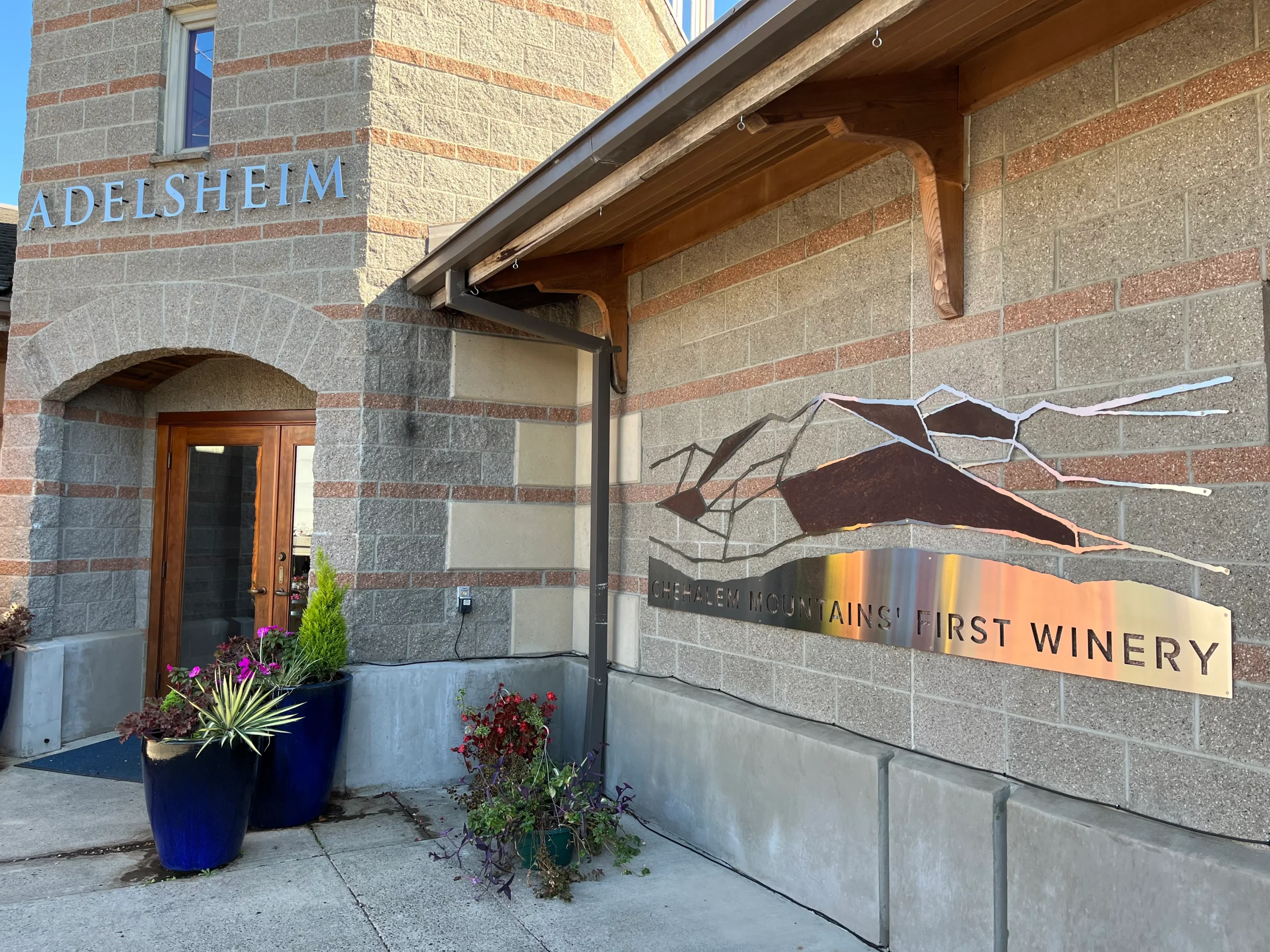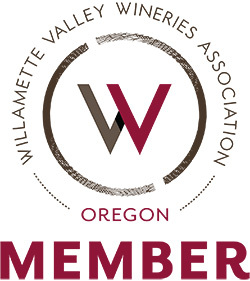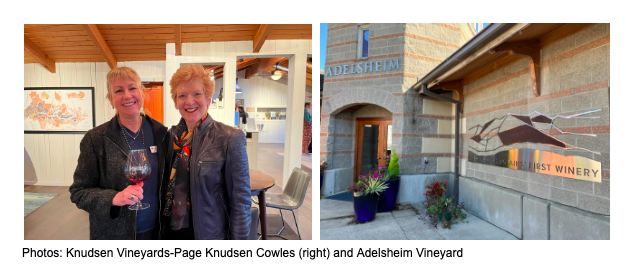
The history of wine in the Willamette Valley is a fascinating story populated by forward thinking, risk taking, and innovative people. It’s a tale worth knowing if you live here or plan to visit. Collaboration is the concept that applies both to our founders and, 50 years later, the Willamette Valley wine community. I choose to start this history lesson in the 1960’s (although the first vines in Oregon were planted in the 1880’s, see mention below on Reuters Vineyard) as the roots of those pioneers who came to the Valley remain and have grown to world class status, often headed by second-generation family members.

